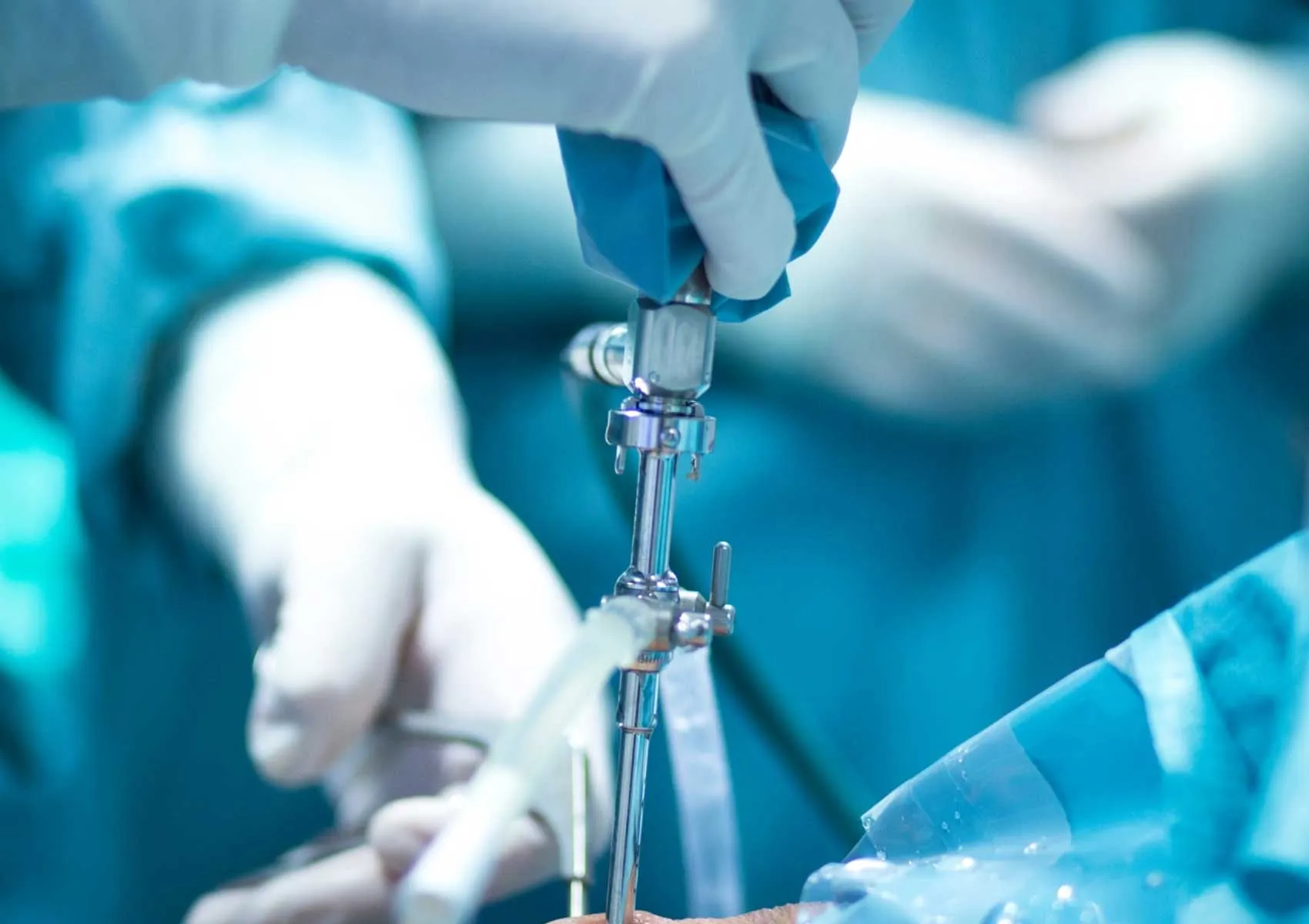Return-to-Work Time After Arthroscopic Surgery
Arthroscopic surgery is a minimally invasive method preferred in the treatment of many orthopedic conditions. However, the time needed to return to work after surgery varies depending on the type of procedure, individual healing speed, and working conditions. This article explores in detail the factors influencing return-to-work time following arthroscopic surgery.
Arthroscopic surgery is a widely used minimally invasive treatment method especially in orthopedics and sports injuries. It is applied to visualize and treat the internal structures of joints like the knee and hip through small incisions using a camera and special surgical tools. Compared to traditional open surgeries, arthroscopy significantly reduces the risk of infection, postoperative pain, and recovery duration. However, the return-to-work time after surgery may vary from patient to patient. This article discusses the main factors influencing return-to-work time after arthroscopic surgery and provides related recommendations.
Definition and Common Applications of Arthroscopic Surgery
Arthroscopic surgery involves inserting a small camera and specialized surgical instruments into the joint to perform the intervention. This technique is commonly used for anterior cruciate ligament (ACL) injuries, meniscus tears, femoroacetabular impingement, labral tears, gluteus medius tears, and other conditions. It is also effective in treating cartilage damage in the hip and knee joints and sports-related injuries. Because the surgery is minimally invasive, the recovery process is usually faster; however, the healing speed depends on the patient’s overall health, age, and injury severity.
Recovery Process and Influences
Recovery after arthroscopic surgery typically spans from 4 to 12 weeks. Patients may experience pain and swelling during the first few days, which can be managed effectively with appropriate pain control and rest. Early mobilization, physical therapy, and rehabilitation programs play a crucial role in promoting rapid and healthy healing. Patients should gradually increase their activity level while avoiding strenuous movements during this period.
Factors Determining Return-to-Work Time
Several factors affect how soon patients can return to work after surgery:
- The extent of the surgical intervention: Recovery time differs between simpler procedures like meniscus repair and more complex surgeries such as ACL reconstruction.
- The patient's overall health status and age: Older patients or those with additional health issues may experience prolonged recovery.
- Physical demands of the job: Someone working in an office setting will generally resume work sooner than individuals whose jobs require heavy lifting, prolonged standing, or intense physical activity.
- Compliance with rehabilitation: Adherence to physical therapy and exercise programs supports muscle strengthening and accelerates healing.
- Psychosocial factors: Motivation, mental health, and social support networks also influence the recovery process.
Return-to-Work Time for Different Occupations
For office, administrative, and desk-bound employees, the average return-to-work time following arthroscopic surgery is usually between 1 to 3 weeks. In contrast, jobs involving heavy lifting, continuous standing, or strenuous physical activities often require 6 weeks or more before an individual can safely return. For athletes and professional sportspeople, additional functional testing and performance evaluations are conducted once healing is complete to ensure a safe return to sport-related activities.
The Role of Rehabilitation and Recommendations
Rehabilitation after arthroscopy is essential for restoring muscle strength, maintaining joint range of motion, and achieving functional recovery. Early goals include managing pain, reducing swelling and inflammation. Strengthening exercises and balance training under the supervision of a physical therapist help reinforce the muscles surrounding the joint. When planning return-to-work timing, this recovery process must be considered and a personalized pace should be set for the patient.
With proper follow-up and expert evaluation, lost work time after arthroscopic surgery can be minimized, and patients can return to their jobs while maintaining a good quality of life.
FAQ
-
How many days after arthroscopic surgery can I return to work?
Return-to-work time depends on the type of surgery, individual healing progress, and the physical demands of your job. For simple procedures, 1 to 3 weeks is usually sufficient, while more complex surgeries may require 6 weeks or longer.
-
I work in a physically demanding job. How long will it take to return to work after arthroscopy?
Recovery time for jobs involving heavy physical activity is usually longer than that for office work. Typically, a rehabilitation period of 6 weeks or more may be necessary. Following your doctor’s recommended exercise and therapy plan can speed up your healing.
-
Why is rehabilitation important after arthroscopic surgery?
Rehabilitation helps strengthen muscles, maintain joint mobility, and support functional recovery. Early and consistent physical therapy accelerates healing and facilitates an easier return to work.
-
How long do pain and swelling last after surgery?
Experiencing pain and swelling for the initial few days post-surgery is normal. These symptoms can be controlled effectively with appropriate painkillers and cold therapies and usually significantly subside within 1 to 2 weeks.
-
What evaluations should be done before returning to work?
Before returning to work, your doctor will assess your healing progress and may collaborate with a physical therapist to perform functional tests. After evaluating your physical capacity relative to your job requirements, you will be cleared to resume your activities.

